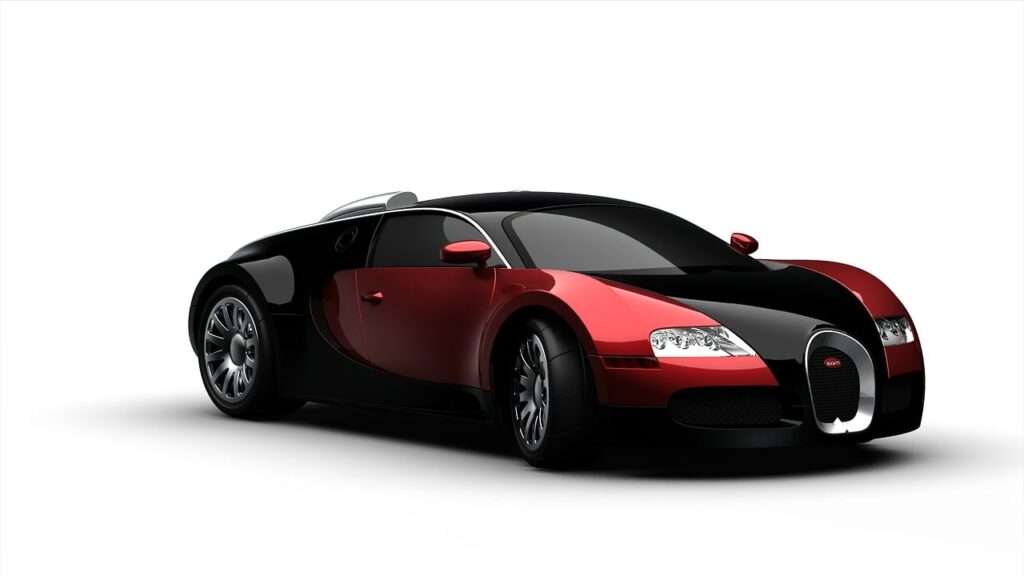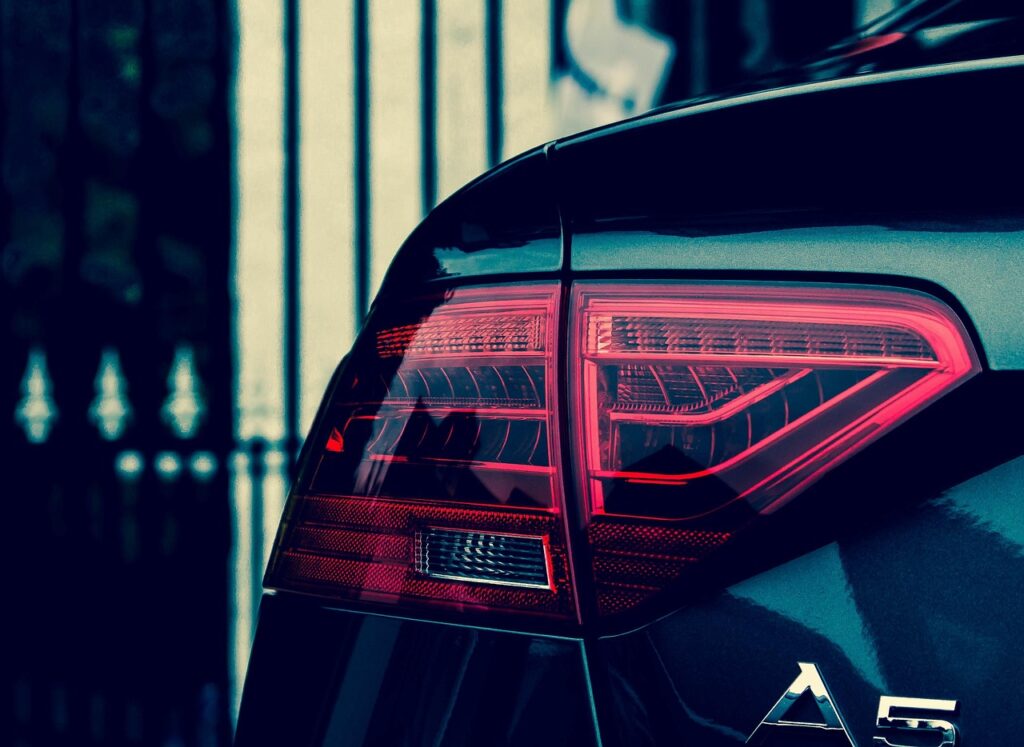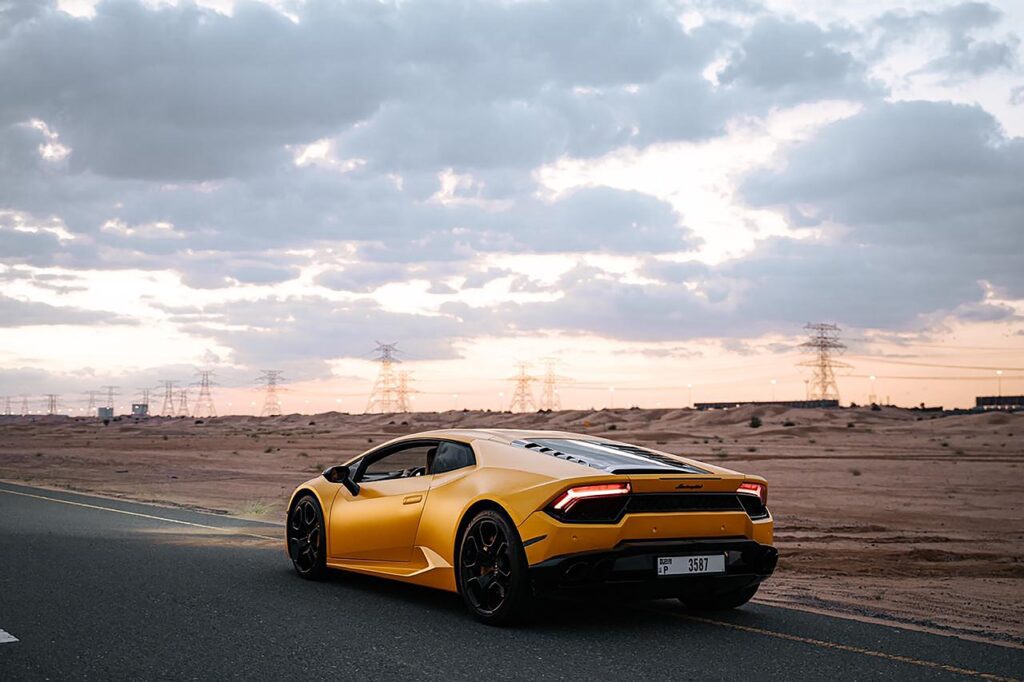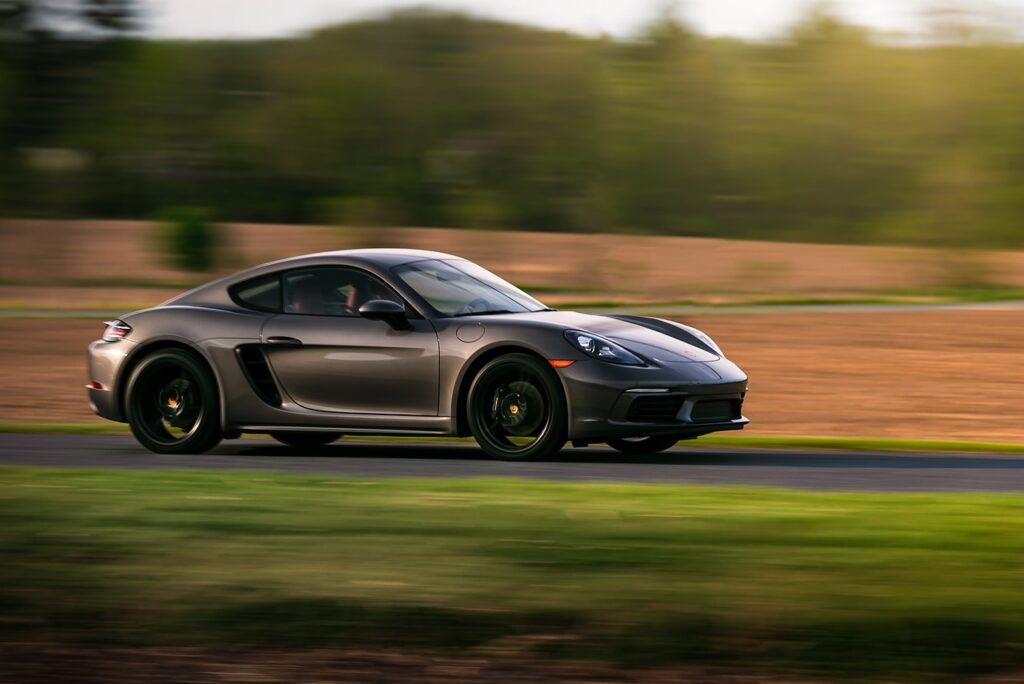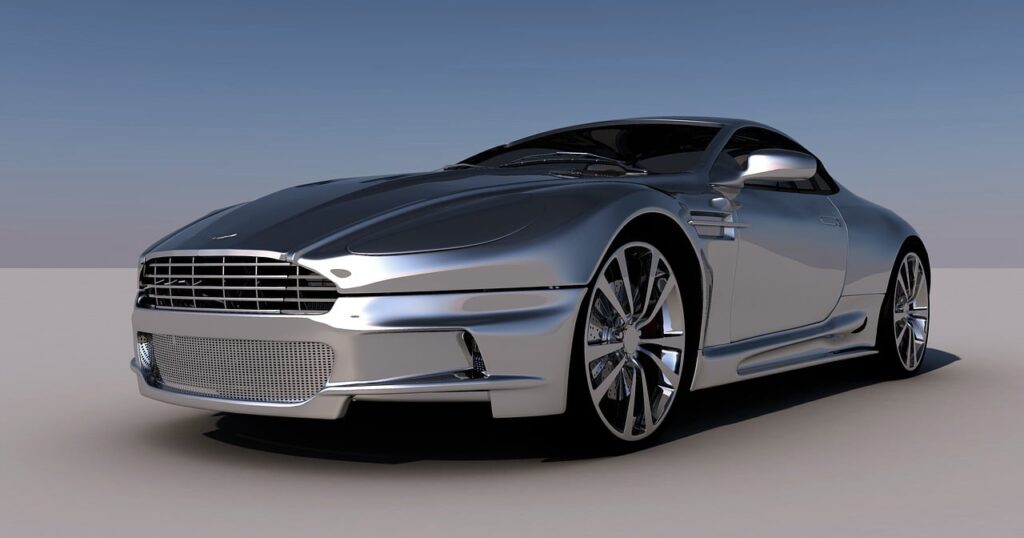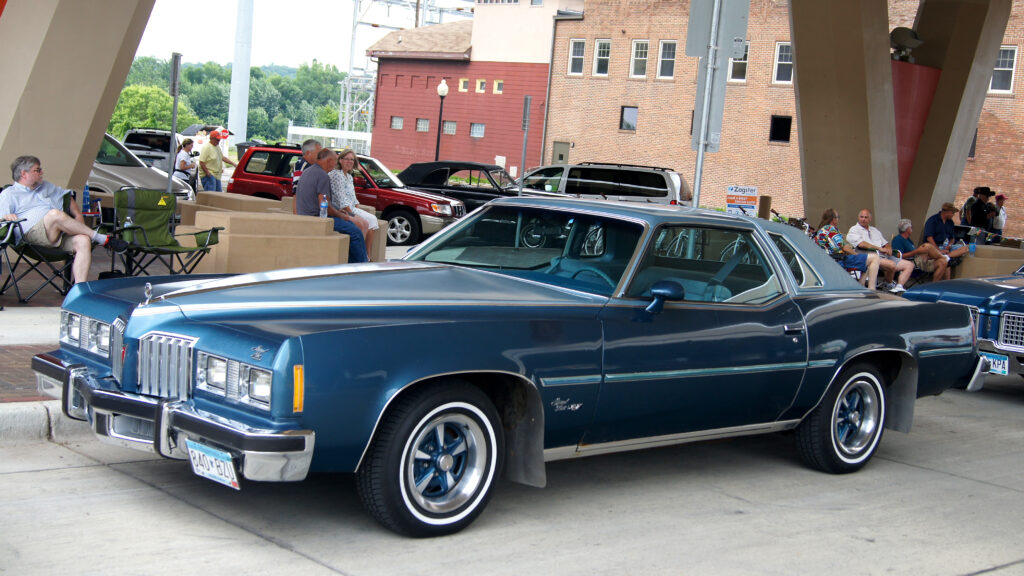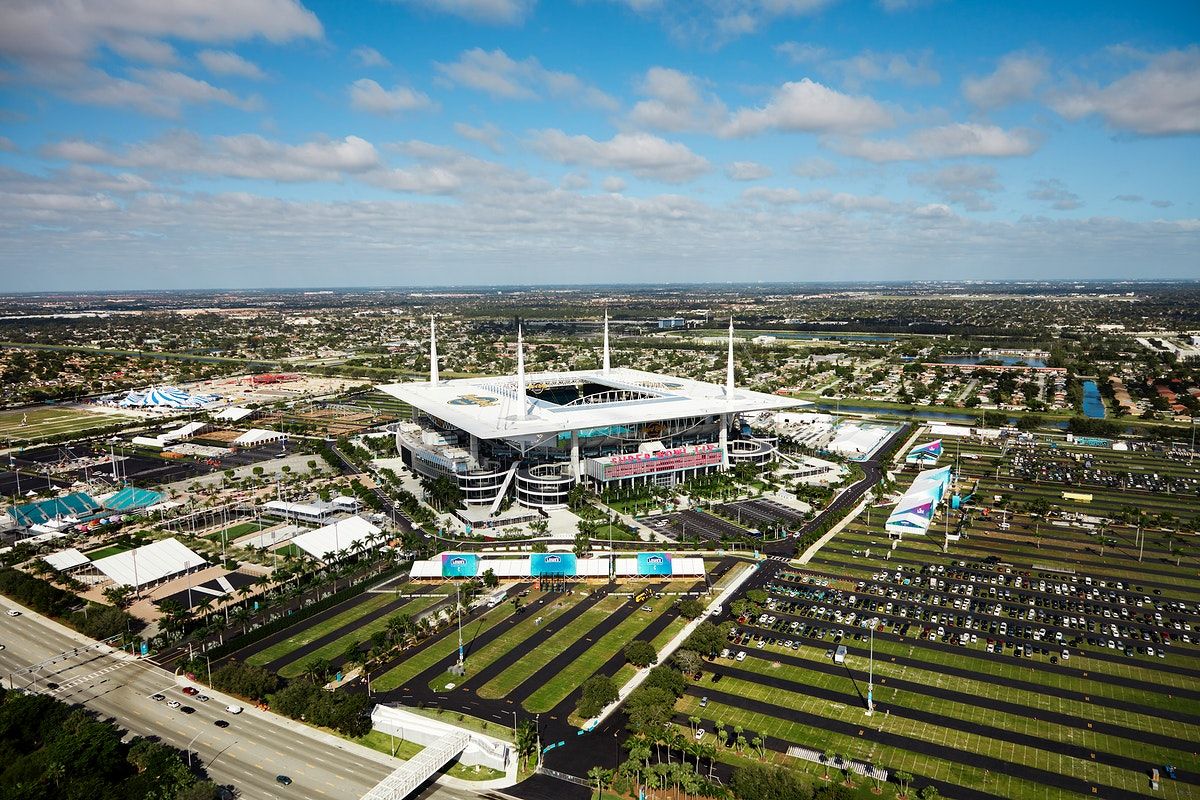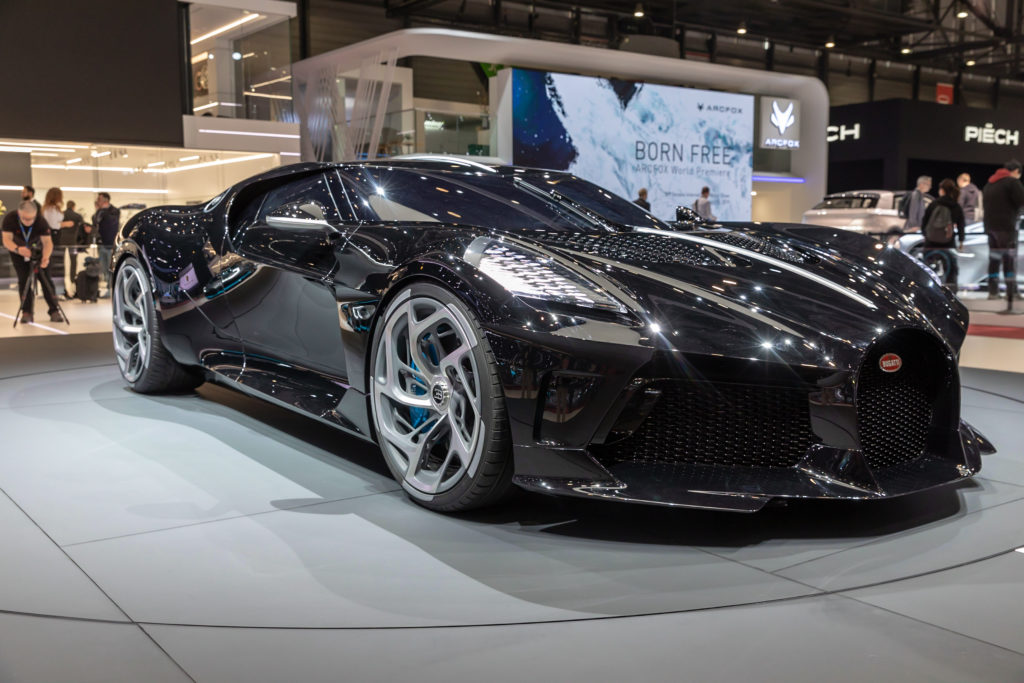
Remember when cars had a certain *flair*? You know, those distinctive features that made a vehicle instantly recognizable, even from a mile away? Well, when it comes to headlights, things have changed. A lot. What used to be an opportunity for bold, head-turning design has, in many cases, given way to sleek, integrated, and often, dare we say, a bit less *dramatic* aesthetic. It’s wild to think about how much has evolved, leaving some truly iconic headlight styles in the rearview mirror of automotive history.
Seriously, what happened to those incredible lights that once defined our favorite rides? We’re talking about more than just a passing trend; we’re talking about fundamental shifts in design, materials, and technology that led manufacturers to stop installing some of the most stylish headlights we’ve ever seen. From the cool factor of hidden lamps to the practicalities of glass versus plastic, every change has a story, and trust us, it’s a fascinating journey into the heart of car design.
So, buckle up! We’re about to take a deep dive into the automotive archive to uncover the reasons why these ten once-stylish headlight concepts have all but vanished from modern production lines. Get ready to feel a wave of nostalgia for the headlights that truly lit up our lives and helped shape the identity of countless legendary vehicles. Let’s get started on this illuminating trip down memory lane!
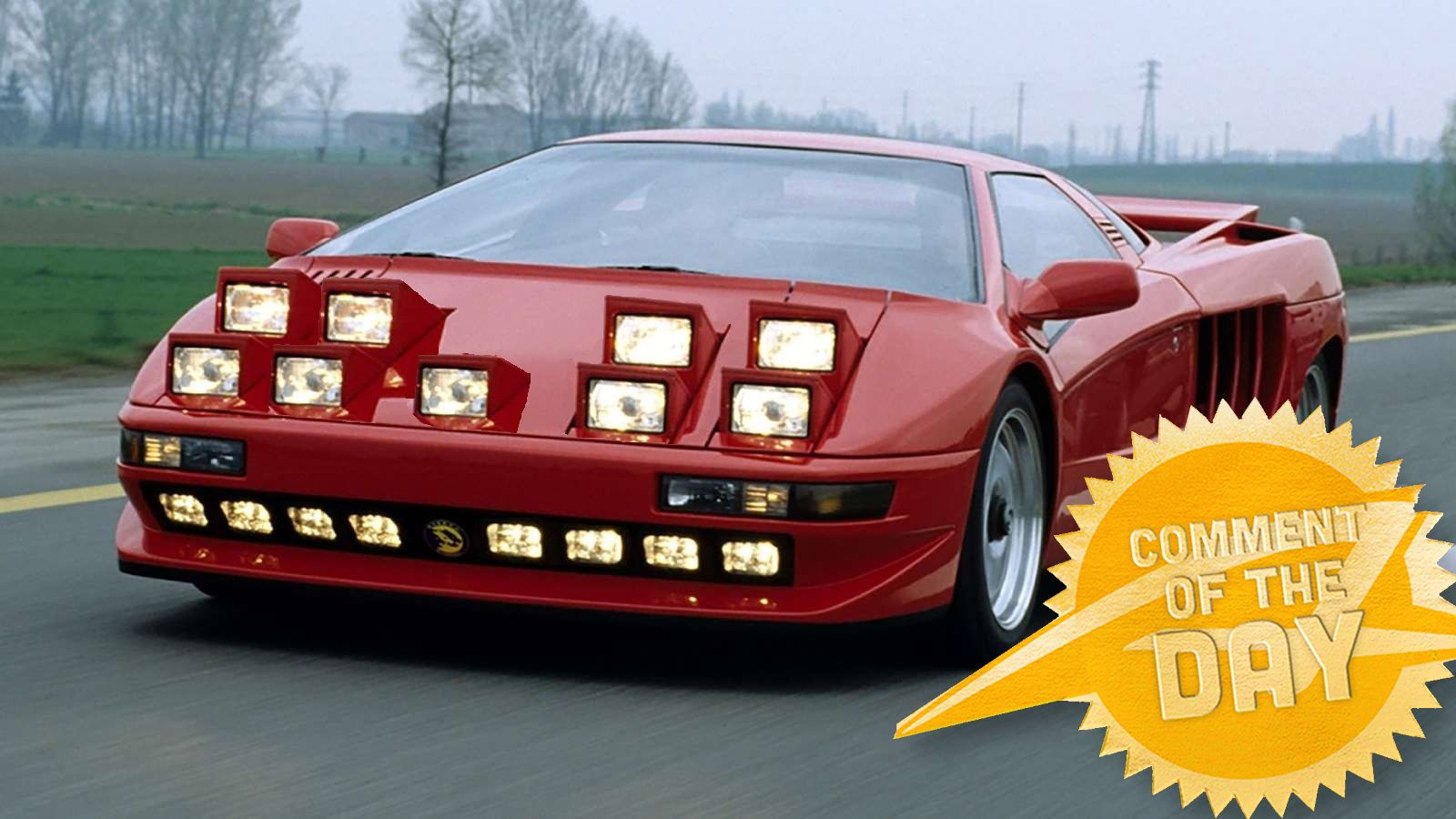
1. **Pop-Up Headlights**Oh, pop-up headlights! Were they not the absolute epitome of cool? They were sleek, they were dynamic, and they brought a sense of animated personality to any car they adorned. Imagine driving down the street, and with a flick of a switch, your car’s ‘eyes’ would slowly, or sometimes quickly, emerge from its bodywork. It was pure theater, a design flourish that instantly elevated a vehicle’s status from mere transportation to a bona fide statement piece.
These retractable beauties weren’t just about showing off; they also served a crucial design purpose. Pop-up headlights first appeared in the 1930s as a unique design feature that allowed cars to maintain a streamlined look while incorporating functional lighting. The 1936 Cord 810 is often credited as one of the earliest vehicles to showcase this innovative concept, setting the stage for future adoption. This early innovation laid the groundwork for decades of automotive dazzle.
By the 1980s and 1990s, pop-up headlights had reached their peak popularity, especially among sports cars and high-performance vehicles. They became a defining characteristic of some of the most iconic models, such as: Chevrolet Corvette C4 – A sleek American classic that made pop-up headlights a signature feature. Mazda RX-7 (FC & FD generations) – Enhanced the car’s aerodynamic appeal with hidden headlamps. Ferrari Testarossa – Combined luxury with the aggressive, retractable headlight design. Lamborghini Countach – Emphasized futuristic aesthetics that defined the era. Toyota MR2 & Honda NSX – Proved that pop-up headlights weren’t just for supercars but also for lightweight sports cars. These cars, among others, cemented pop-up headlights as a symbol of performance and style, making them highly desirable among car enthusiasts for generations.
One of the primary reasons pop-up headlights gained traction was their aesthetic appeal. They gave cars a futuristic and aggressive look, often making them appear sleeker and more dynamic. By hiding the headlights when not in use, designers could maintain smooth, uninterrupted body lines that enhanced the vehicle’s overall visual appeal, making these cars look like they were always ready for action. The allure of a clean, uninterrupted front fascia was simply irresistible to many designers and buyers alike.
Beyond looks, pop-up headlights also provided aerodynamic advantages. Traditional fixed headlights create drag, which can negatively impact performance and fuel efficiency. Retractable headlights helped reduce this drag by remaining flush with the body when turned off, improving airflow over the car. This was particularly beneficial for sports cars, where every detail mattered in achieving optimal speed and handling, showcasing that these weren’t just a pretty face, but a thoughtful design choice for the era.
Read more about: Tech Shame? 14 Car Features That Instantly Reveal Your Ride’s Age – What’s the Least Smart?
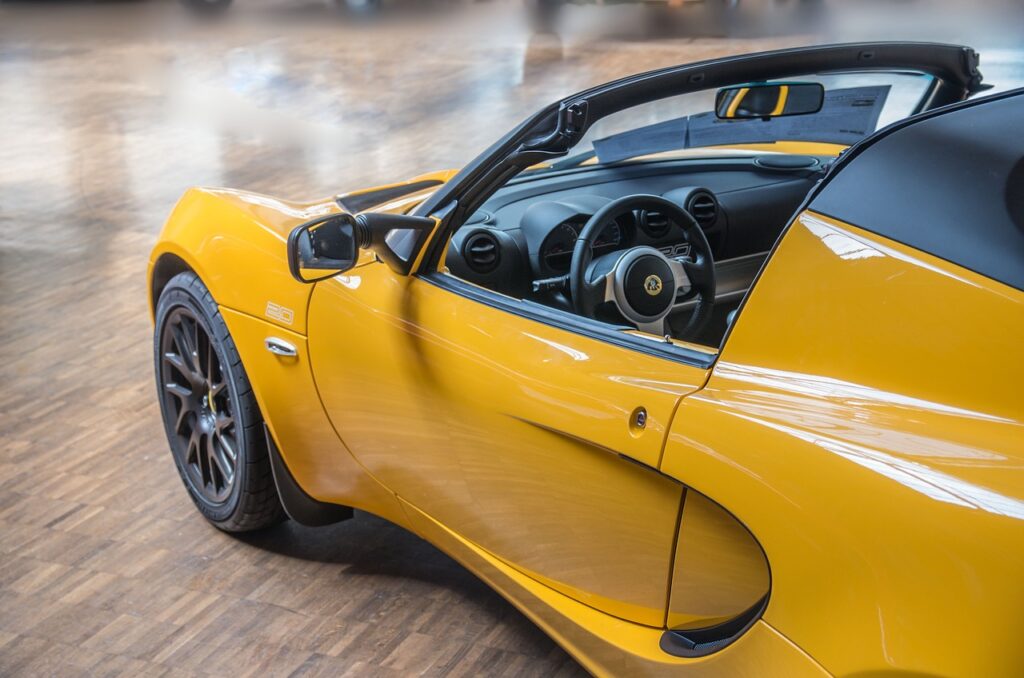
2. **Glass Headlights**Remember when headlights felt substantial, almost weighty? Chances are, those were glass headlights, a material that defined automotive lighting for decades. These classic lamps had a certain quality to them, a robust feel that hinted at their durability. However, if you look at modern vehicles today, you’ll be hard-pressed to find a new car rolling off the assembly line with glass headlight lenses, and there are some incredibly practical reasons why.
Headlights have undergone a significant transformation over the years, moving away from traditional glass construction to more modern plastic materials. This shift has been driven by a combination of technological advancements, cost-effectiveness, and improved safety features. It’s a prime example of how engineering and design constantly evolve to meet new demands and standards in the automotive world.
One of the primary reasons for the shift to plastic headlights is their superior durability and impact resistance compared to glass. Think about it: a stray rock on the highway or a minor fender bender could easily shatter a glass lens, leading to costly repairs and potential safety hazards. Plastic headlights, on the other hand, are less prone to cracking, chipping, or shattering upon impact, making them more resilient and safer for drivers and pedestrians. This added toughness is a huge win for everyone on the road.
Another significant factor pushing the move to plastic is weight reduction. Plastic headlights are significantly lighter than their glass counterparts, which has important implications for vehicle design and performance. The reduced weight of plastic headlights contributes to improved fuel efficiency, handling, and overall vehicle dynamics. In an era where every gram counts towards better performance and fuel economy, shedding weight from components like headlights is a smart move for manufacturers.
And let’s not forget about the bottom line! Plastic headlights are generally more cost-effective to manufacture and replace than glass headlights. The production process for plastic headlights is simpler and less labor-intensive, allowing for more efficient and cost-effective mass production. This translates to savings for both the manufacturers and, eventually, the consumers, making plastic a clear winner in the economics of headlight production. Plus, plastic offers greater design flexibility, allowing for more intricate and aerodynamic shapes that can enhance the overall aesthetic of a vehicle. Manufacturers can more easily mold and shape plastic headlights to match the desired styling and aerodynamic requirements of a particular model, opening up a world of creative possibilities.
Read more about: Buckle Up, Buttercup! We’re Ranking 15 Legendary Movie Cars That Drove Straight Into Our Hearts (and Pop Culture!)

3. **Sealed Beam Headlights**For a long, long time, if you drove a car in the United States, your headlights almost certainly featured a design known as ‘sealed beam.’ These weren’t just a common choice; they were mandated by law for decades. Imagine a world where every car had essentially the same size and shape of headlight – that was the reality for a significant chunk of automotive history, and it profoundly influenced car design.
US laws required sealed beam headlamps on all vehicles between 1940 and 1983, and other countries such as Japan, United Kingdom, and Australia also made extensive use of sealed beams. In most other countries, and in the US since 1984, replaceable-bulb headlamps predominate. This strict regulation meant that engineers and designers had to work within very specific constraints, which often limited their creative freedom when it came to a car’s ‘face.’
So, what exactly were sealed beam headlights? Essentially, they were a self-contained unit where the bulb, reflector, and lens were all sealed together. If the bulb burned out, you had to replace the entire unit. While this offered a certain simplicity, it also meant a lack of flexibility. Designers often found these units clunky and difficult to integrate seamlessly into their more ambitious aerodynamic or stylish car fronts. The uniform, often round or rectangular, shape could clash with emerging sleek body lines.
Indeed, one of the original reasons pop-ups existed was to hide sealed-beam headlights, which were legally required in the US until 1983. Designers hated those clunky circles, so hiding them became the stylish solution. This desire to conceal the standardized, less-than-aesthetically-pleasing sealed beams directly fueled the popularity and innovation of pop-up headlight designs. It was a clever workaround for a regulatory challenge, allowing cars to look futuristic while still complying with the law.
Once regulations loosened and composite headlights became legal after 1983, automakers suddenly had freedom to mold lamps into any shape. This marked the beginning of the end for the dominance of sealed beams, paving the way for the diverse and integrated headlight designs we see today. It was a liberation for automotive designers, allowing them to finally treat headlights as an integral part of the overall vehicle aesthetic, rather than a mandatory, boxy appendage.
Read more about: Jalopnik’s Take: 8 ‘Missing But Loved’ Classic Options Disappearing From Today’s Base Trims
4. **Clunky, Non-Integrated Headlight Designs**Before the era of sleek, molded headlights that seem to flow seamlessly into a car’s bodywork, there was a time when headlight designs were, shall we say, a little less… *integrated*. These were the days when headlights often looked like separate units bolted onto the front of a car, rather than being an organic part of its overall aesthetic. While functional, they sometimes lacked the visual harmony and aerodynamic sophistication we expect from modern vehicles.
This design approach was partly a product of the manufacturing capabilities and regulatory environment of the time. Prior to the widespread adoption of advanced plastics and molding techniques, headlights were often constructed as distinct, somewhat chunky units. This made them easier to produce and replace, but it also meant they could disrupt the visual flow of the car, especially as automotive designs became more ambitious and streamlined.
It’s also important to remember that for many years, designers were often forced to accommodate specific, rigid headlight shapes, such as the aforementioned sealed beams. This meant that the car’s body had to be designed *around* the headlights, rather than the other way around. The result was often a front end that, while perhaps charming in its own way, could appear somewhat piecemeal or less cohesive than contemporary designs.
By the time 1985 came around, the DOT started approving molded body integrated headlights. These are the types of headlights you see on modern cars today cased inside the housing on the front of the vehicle. This was a game-changer! It meant that headlights could finally be shaped and contoured to perfectly match the car’s aesthetic, becoming an integral part of the design language rather than an add-on. The era of the truly ‘clunky’ and non-integrated headlight was officially on its way out.
With the approval of molded headlights and growing safety concerns from pop-up headlights, it’s clear to see why manufacturers started to change their designs by the end of the 90s. Instead of molding the car around the placement of the headlights, they were able to mold the headlights to the car in an attractive manner so appearance was no longer a problem. This shift allowed for the creation of truly captivating and unified front-end designs, where the headlights became an artistic element rather than a necessary intrusion.
5. **Aerodynamically Disruptive Headlights**In the constant quest for speed, efficiency, and stunning good looks, every detail on a car matters. And when it comes to aerodynamics, headlights, surprisingly enough, can play a pretty big role. For a long time, some truly stylish headlight designs inadvertently created significant aerodynamic drag, ultimately impacting a car’s performance and fuel economy. It was a trade-off between visual appeal and the invisible forces of physics.
Let’s talk about pop-up headlights again, because they’re a perfect example of this. When they were tucked away, they made cars look incredibly sleek and smooth, truly enhancing that aerodynamic profile. But here’s the kicker: once activated, they were like parachutes strapped to the front of the car. At higher speeds, the raised units disrupted airflow and added drag, hurting both performance and fuel economy. It was the hidden cost of that undeniable cool factor.
This wasn’t just a minor issue for extreme sports cars; as the automotive industry evolved, aerodynamics became a top priority for all vehicle classes. By the 1990s, manufacturers were obsessed with aerodynamics, and wind tunnels were dictating car design. Every curve, every line, every surface was scrutinized to ensure the smoothest possible airflow over the vehicle. Designs that created unnecessary drag were simply no longer acceptable in this highly competitive environment.
Traditional fixed headlights from earlier eras also contributed to aerodynamic disruption, though perhaps less dramatically than pop-ups. Their often-protruding or less-than-streamlined shapes could create pockets of turbulence, hindering the car’s ability to slice cleanly through the air. As designers gained more flexibility with materials like plastic, they could sculpt headlights into forms that were both aesthetically pleasing and aerodynamically efficient, a win-win for performance and style.
Cars like the Toyota Supra MkIV or Acura NSX proved you could achieve sleek, aerodynamic styling without pop-ups. These vehicles demonstrated that integrated, flush-mounted headlights could deliver both striking looks and superior airflow, effectively sounding the death knell for any headlight design that prioritized form over aerodynamic function. The industry had found a way to be stylish *and* smart about air resistance.
Okay, so we’ve journeyed through the aesthetic glory and early functional aspects of those unforgettable headlight designs. But what really put the brakes on these beauties? It wasn’t just about looks or initial aerodynamic wins; it was a powerful combination of practical headaches, evolving safety rules, and mind-blowing tech advancements that truly sealed their fate. Get ready to dive into the nitty-gritty of why these once-stylish lamps are now just cherished memories. Let’s uncover the deeper forces that transformed automotive lighting forever!
Read more about: Cruising Through a Golden Era: MotorTrend’s Definitive Look at the Most Significant Cars of the 1950s
6. **Mechanical Reliability and Maintenance Issues**Remember the sheer *drama* of pop-up headlights? While undeniably cool, that mechanical magic came with a hefty price tag: reliability woes. Ask any owner of a classic sports car from the 1980s or 90s, and they’ll likely recount at least one frustrating saga of headlights that simply refused to cooperate. Sometimes, a single light would stick halfway, leaving the car with a perpetually mischievous—or incredibly annoying—wink. It was fun for enthusiasts winking in traffic, but a huge safety hazard for nighttime driving. This constant struggle with functionality quickly became a major drawback.
At the heart of these problems were the intricate components—the small electric motors, gears, and wiring—all working tirelessly to raise and lower those lamps. Over time, these parts were just prone to wear and tear. Exposure to rain, snow, and dirt could cause corrosion, reducing the lifespan of the entire headlight assembly. It meant that what was once a captivating feature often turned into a source of constant frustration for car owners, impacting the vehicle’s overall dependability.
Beyond the daily annoyances, repairing pop-up headlights was often a more expensive and time-consuming endeavor compared to fixing traditional fixed headlights. The specialized mechanisms meant more complex diagnostics and often harder-to-find replacement parts. This translated into higher maintenance costs and more frequent trips to the mechanic. For many buyers, the charming novelty of pop-ups simply wasn’t worth the ongoing financial and logistical headaches, making them less appealing as vehicles became more technologically advanced.
Read more about: Beyond the Hype: Unpacking the Myriad Reasons Why Self-Driving Cars May Never Truly Work
7. **Evolving Pedestrian Safety Standards**Perhaps the biggest, most impactful blow to pop-up headlights came straight from the regulatory playbook: updated pedestrian safety regulations. As the 1980s and 1990s progressed, new crash standards demanded smoother, more forgiving front ends on vehicles, all with the crucial goal of reducing injuries in potential collisions with pedestrians. This was a monumental shift in automotive design philosophy, moving beyond just occupant safety to protect those outside the car.
Here’s the harsh truth: pop-ups, with their hard, protruding mechanisms and sharp edges, were effectively deemed a greater risk of injury in pedestrian collisions. Imagine the impact; these rigid housings were simply not compliant with modern safety standards, particularly in the early 2000s when the European Union introduced stringent pedestrian protection standards. These regulations specifically required car manufacturers to design vehicles with softer, more impact-absorbing front ends.
This wasn’t just a European thing, either. Other regions, including the U.S. and Japan, quickly adopted similar safety measures. For automakers, redesigning these complex mechanical systems to meet the new, rigorous safety benchmarks was an incredibly costly and intricate challenge. It became much easier, and frankly, more practical, to simply ditch pop-up headlights entirely in favor of more pedestrian-friendly, fixed lighting solutions that could be seamlessly integrated into a softer, more protective front-end design.
Read more about: Unpacking Automotive Nightmares: The 14 Most Monumental and Costly Car Recalls in History
8. **Regulatory Freedom and the End of Standardization**For decades, particularly in the United States, automotive designers were constrained by rigid legal requirements that dictated headlight design. We’ve talked about sealed beam headlamps, which were mandated on all US vehicles between 1940 and 1983. This meant a one-size-fits-all approach, often resulting in clunky, uniform circular or rectangular units that engineers and designers found difficult to integrate seamlessly into more ambitious, streamlined car fronts. They often felt like an afterthought, bolted onto the car rather than being an organic part of its visual identity.
This regulatory straitjacket stifled creativity and pushed designers to ingenious workarounds—like pop-up headlights—just to hide those less-than-aesthetically-pleasing sealed beams and achieve a cleaner look. The car’s body often had to be designed *around* these fixed, standardized headlights, rather than the other way around. It was a constant battle between design vision and legal compliance, and the standardized units often won, much to the chagrin of stylists.
However, everything changed after 1983. Once regulations loosened and composite headlights became legal, automakers were suddenly granted immense freedom to mold lamps into virtually any shape imaginable. This was a game-changer! By 1985, the DOT started approving molded body integrated headlights, the very types we see on modern cars today, beautifully cased inside the housing on the front of the vehicle. This liberation allowed headlights to finally be sculpted and contoured to perfectly match the car’s aesthetic, becoming an integral part of its design language rather than a mandatory, boxy appendage. The era of the truly ‘clunky’ and non-integrated headlight was officially over, paving the way for the diverse and visually cohesive designs that followed.
Read more about: Tech Shame? 14 Car Features That Instantly Reveal Your Ride’s Age – What’s the Least Smart?
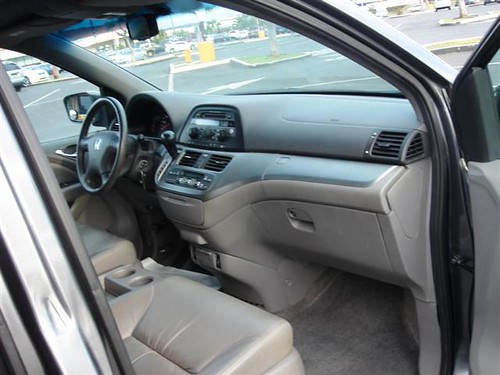
9. **The Dawn of Advanced Lighting Technologies**While older headlight designs had their charm, the relentless march of technological progress also played a starring role in their disappearance. For years, traditional halogen bulbs, often found in pop-up headlights, were the standard. They were functional, but their performance pales in comparison to what came next. The rise of new lighting technologies—namely LED (Light Emitting Diode) and HID (High-Intensity Discharge) headlights—completely revolutionized what was possible for automotive illumination.
These modern alternatives offered a dazzling array of improvements. LED and HID headlights boast superior brightness, casting a much wider and clearer field of vision on the road ahead. They are also incredibly energy-efficient, consuming less power and lasting significantly longer than their halogen predecessors, with LED bulbs, for example, lasting up to 42 months compared to halogen’s 14. This enhanced durability and reduced power draw were massive wins for manufacturers and consumers alike, aligning perfectly with the industry’s push for efficiency and lower maintenance.
What’s more, these advanced technologies unlocked unprecedented design flexibility. Unlike older, bulkier systems, LED technology allows for ultra-thin, incredibly compact headlight designs that can be seamlessly integrated into a car’s body, completely eliminating any need for complex, moving pop-up mechanisms. This means designers can sculpt aggressive projector housings and sharp LED strips that become the focal point of a car’s front fascia, rather than something to be hidden. Today’s cars feature cutting-edge systems like adaptive headlights that adjust beam direction, matrix LED or laser headlights that selectively dim sections to avoid blinding others, and automatic high beams – features unthinkable with older tech.
Read more about: Beyond the Barbed Wire: How 1961’s Global Tensions, Cold War Dramas, and Dividing Walls Redefined a Fractured World

10. **Consumer Demand for Modern Simplicity and Efficiency**Ultimately, beyond regulations and technology, the market always speaks, and consumer preferences shifted dramatically over the decades. The intricate, sometimes temperamental nature of designs like pop-up headlights, with their propensity for mechanical failures and higher maintenance costs, eventually lost their luster. Buyers began to prioritize reliability and lower upkeep as essential qualities in their vehicles. The appeal of a simple, ‘set it and forget it’ lighting system became far more attractive than the theatrical flourish of retracting lamps.
As cars evolved into sophisticated pieces of engineering, the demand for sleek, integrated styling also grew exponentially. The clean, uninterrupted body lines offered by flush-mounted, modern headlights became the aesthetic benchmark, making the ‘clunky’ and ‘non-integrated’ designs of yesteryear feel, well, outdated. Manufacturers quickly realized that delivering a cohesive, aerodynamic, and visually harmonious front-end design was key to appealing to contemporary tastes. Plastic headlights, for instance, offered superior design flexibility, allowing manufacturers to create intricate and aerodynamic shapes that simply weren’t possible with glass, contributing to that desired modern look.
Furthermore, the relentless pursuit of fuel efficiency and overall vehicle performance meant that every component had to pull its weight. Aerodynamic drag, maintenance costs, and even the weight of components like headlights (plastic being significantly lighter than glass) all contributed to a vehicle’s efficiency profile. Consumers increasingly wanted cars that were not only stylish but also smart, reliable, and economical to run. This comprehensive shift in market preferences, valuing practicality, modern aesthetics, and advanced performance, ultimately sealed the fate of many once-stylish, but less efficient and more complex, headlight designs.
Read more about: The Genesis of Giants: 15 Foundational 90s Technologies That Forged Today’s Tech Titans
So there you have it! The journey of automotive headlights is a fascinating testament to how design, engineering, safety, and market demands constantly intertwine to shape the vehicles we drive. From the dramatic flourish of pop-ups to the robust charm of glass, these designs played their part, but the relentless pursuit of better, safer, and more efficient solutions ultimately led to their graceful, or sometimes abrupt, exit from the production line. While we might feel a twinge of nostalgia for those iconic ‘eyes,’ the innovations that replaced them have truly lit up our lives in ways previous generations could only dream of, making our roads brighter and safer for everyone. What a ride, right?

